A study by Rajasthan Technical University Kota researchers reveals that dynamically adjusting the tilt angle of solar panels seasonally can significantly boost the energy output of solar PV systems in Rajasthan. Using MATLAB-based simulations, researchers analyzed data from four cities—Kota, Barmer, Jodhpur, and Jaisalmer—to find the optimal tilt angles for each month of the year.
Jodhpur and Jaisalmer cities display a desert climate, whereas Kota and Barmer are categorized as semi-arid climate zones. These cities were selected in this study to find the variations of solar irradiance owing to their distinct climatic condition.
Traditionally, in fixed-tilt installations, tilt angles are set approximately equal to the site’s latitude for maximizing annual solar irradiance for the PV panels. However, the MATLAB-based optimization algorithm demonstrated that using a fixed tilt angle (latitude-based) for solar panels fails to capture seasonal variations of solar altitude effectively, especially during extreme months like summer (May–July) and winter (December–January).
The study showed that dynamically adjusting the tilt angle seasonally—steeper in the winter season (58°–60°) and flatter in summer months of May and July—leads to 8.89% – 9.02% higher irradiance.
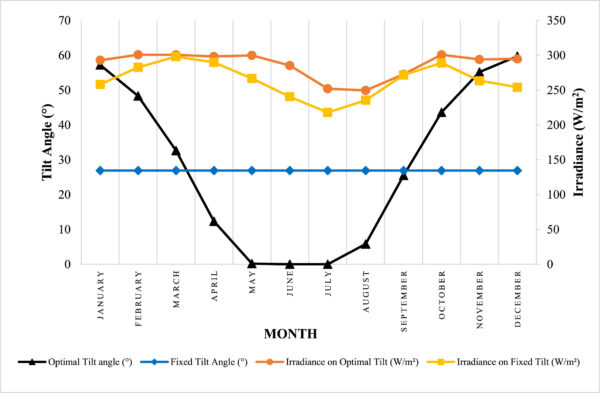
pv magazine
“The results reveal a clear seasonal trend, where optimum tilt angles are higher in the winter season (58°–60°) and gradually decrease to 0° during the summer season (May to July), reflecting the changing solar altitude,” stated the study. ““By using optimal tilt angles, the values of solar radiance can be improved by approximately 8% – 9% across all locations of Rajasthan from tracking solar systems to achieve the maximum solar output power.”
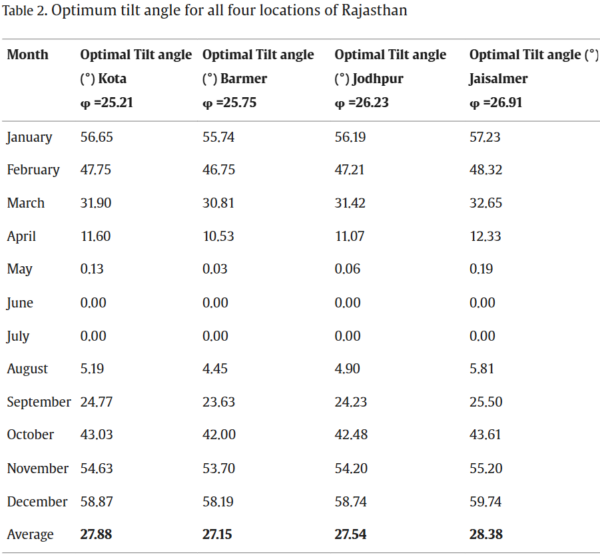
The analysis indicated that fixed tilt systems become less optimal as latitude increases, suggesting greater potential benefits from tracking systems in northern locations.
Among the four cities analysed under the study, Jodhpur showed the highest average solar radiance during the summer season (301.5 W/m2), while Kota city experienced the lowest values during the monsoon season (229.4 W/m2). Jaisalmer had the highest average solar radiance value (289.2 W/m2) annually, making it the most promising location for solar installations.
The analysis suggests that Jaisalmer would be the most suitable location for solar installations, particularly with systems that can implement optimal tilt angles. The data also indicates that installation planning should consider seasonal variations, with contingency plans for reduced output during monsoon seasons. Summer months consistently show the highest irradiance across all four locations of Rajasthan. A monsoon season shows the lowest irradiance values due to cloudy weather, and winter season performance is better than post-monsoon in most locations. The best months for peak performance are between February and May because of the highest irradiance value and the lowest temperature of the PV module at the end of winter and the start of the summer season.
The research team included Saaransh Choudhary and Sumit Verma from Department of Renewable Energy, and Shiv Lal from Department of Mechanical Engineering, Rajasthan Technical University Kota.
This content is protected by copyright and may not be reused. If you want to cooperate with us and would like to reuse some of our content, please contact: editors@pv-magazine.com.
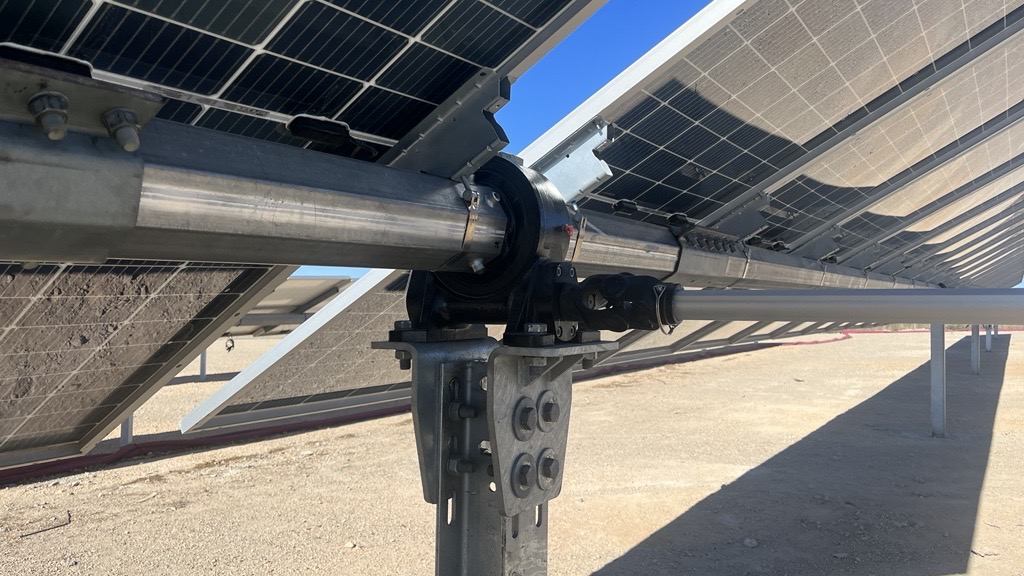
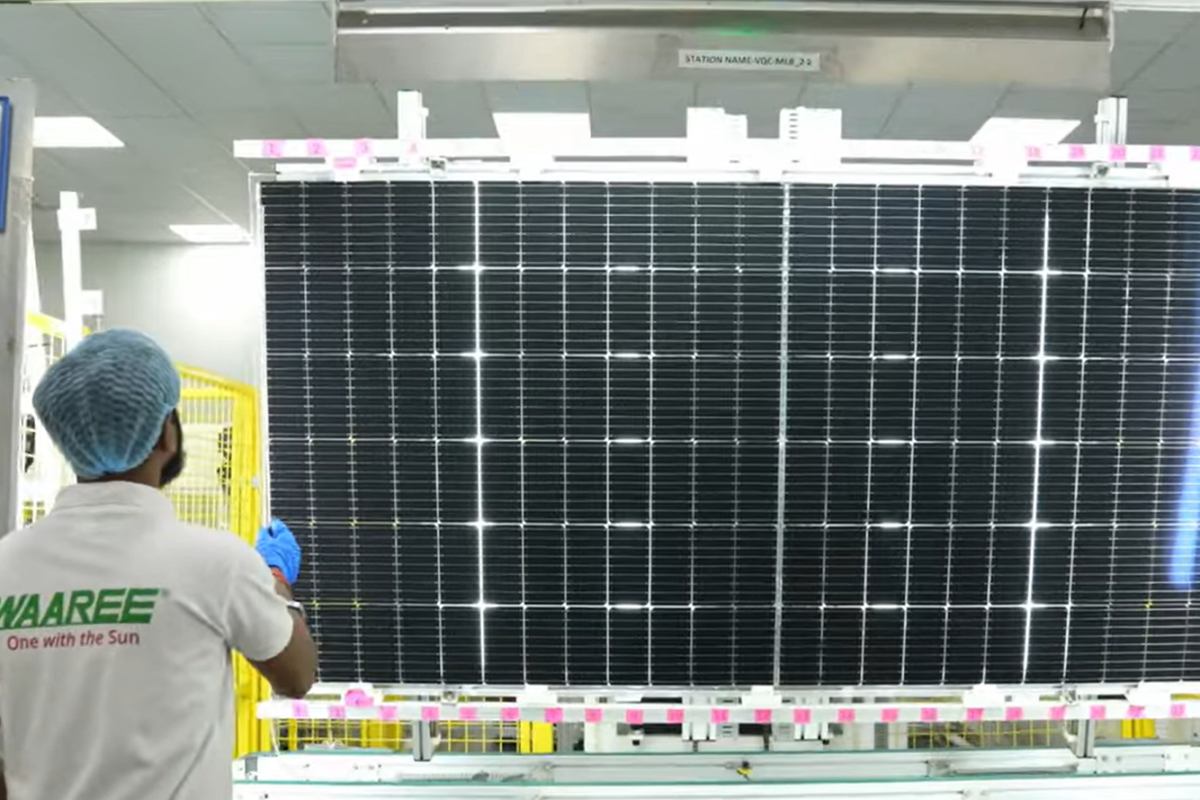


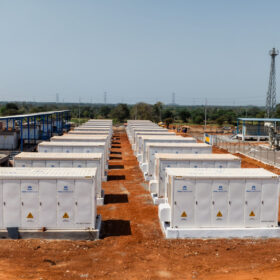

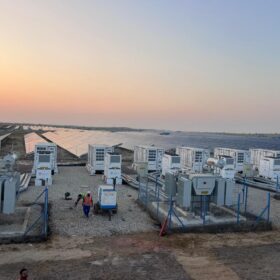
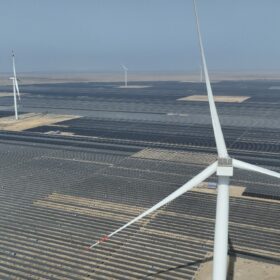
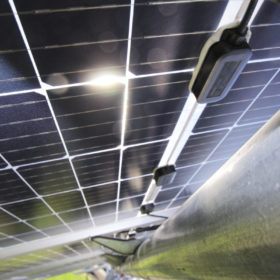
1 comment
By submitting this form you agree to pv magazine using your data for the purposes of publishing your comment.
Your personal data will only be disclosed or otherwise transmitted to third parties for the purposes of spam filtering or if this is necessary for technical maintenance of the website. Any other transfer to third parties will not take place unless this is justified on the basis of applicable data protection regulations or if pv magazine is legally obliged to do so.
You may revoke this consent at any time with effect for the future, in which case your personal data will be deleted immediately. Otherwise, your data will be deleted if pv magazine has processed your request or the purpose of data storage is fulfilled.
Further information on data privacy can be found in our Data Protection Policy.